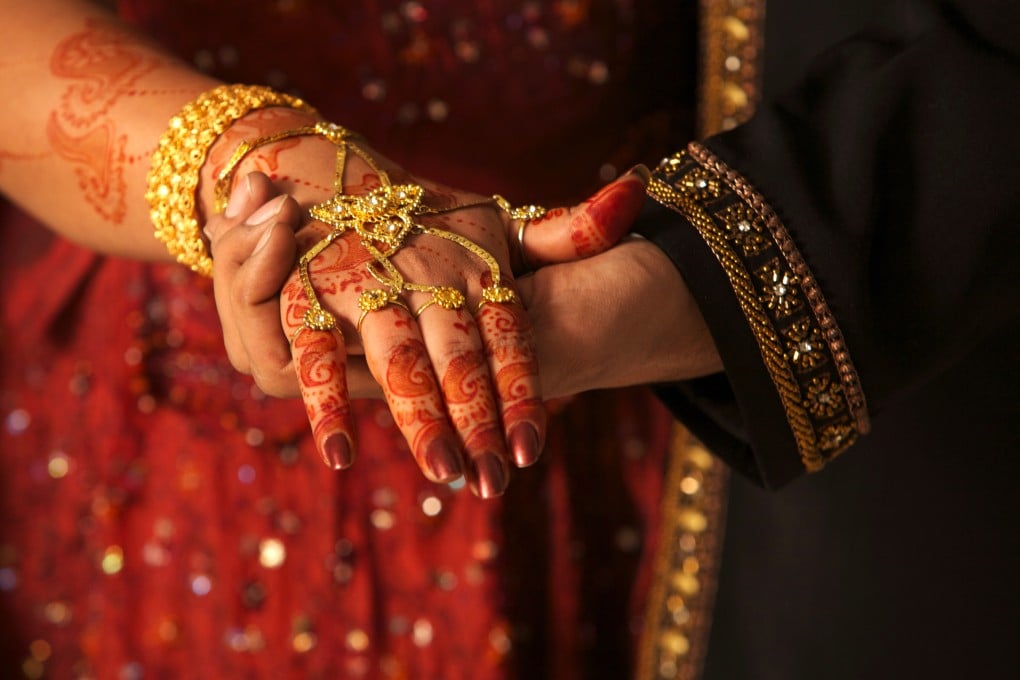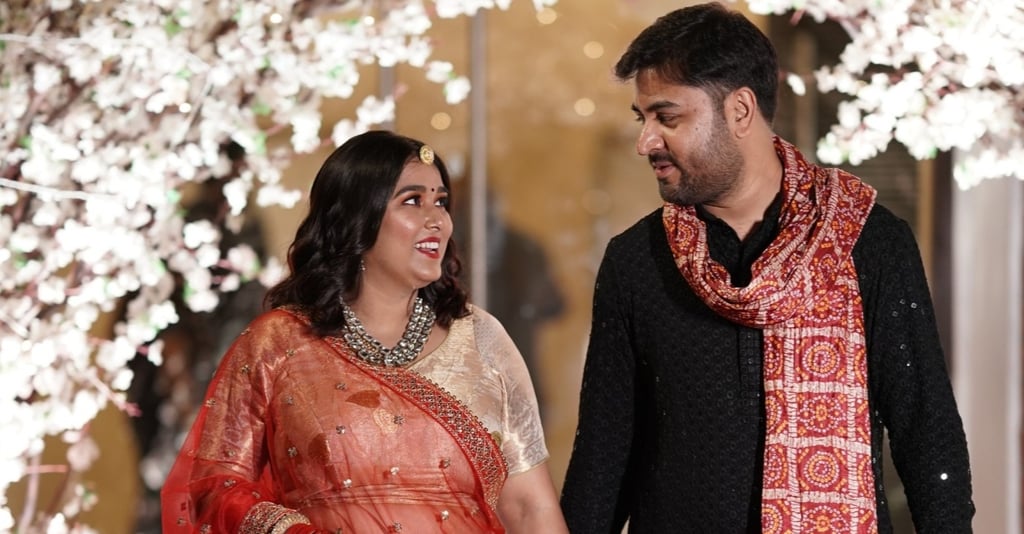India’s big fat wedding industry is a US$130 billion gold mine for the economy
- On average, Indian couples spend twice as much on their weddings than on education, a recent study shows

Achint and Divya have been dating for over a decade. As a fitting epilogue to their love story, the 30-year-olds are set to tie the knot at midnight on July 12 at a luxury resort on the outskirts of Bengaluru.
“We’re very excited about the wedding. We have been waiting for years for this day. Achint and I have known each other for a long time, and it feels like an eternity already,” said Divya, who uses a single name, like her partner.
The duo are among a new generation of Indian couples who are willingly opening up their wallets to tie the knot, with one recent report showing that Indians are spending twice as much on their weddings than education.
“The wedding itself is special for us. We’re the ones who have planned everything – from food to decor to outfits. We always dreamed of our D-Day and now got the chance to design it and will soon live it,” said Divya, who has invited about 180 guests to celebrate the day.
Achint, a software engineer, and Divya, a journalist, are paying out of their own pockets for the wedding, which is estimated to cost over 2 million rupees (US$24,000).

While many Indian weddings are elaborate affairs, there has been a notable shift in the scale of such ceremonies in recent years, according to industry observers. More couples are opting for intimate affairs that involve increased spending per guest.
